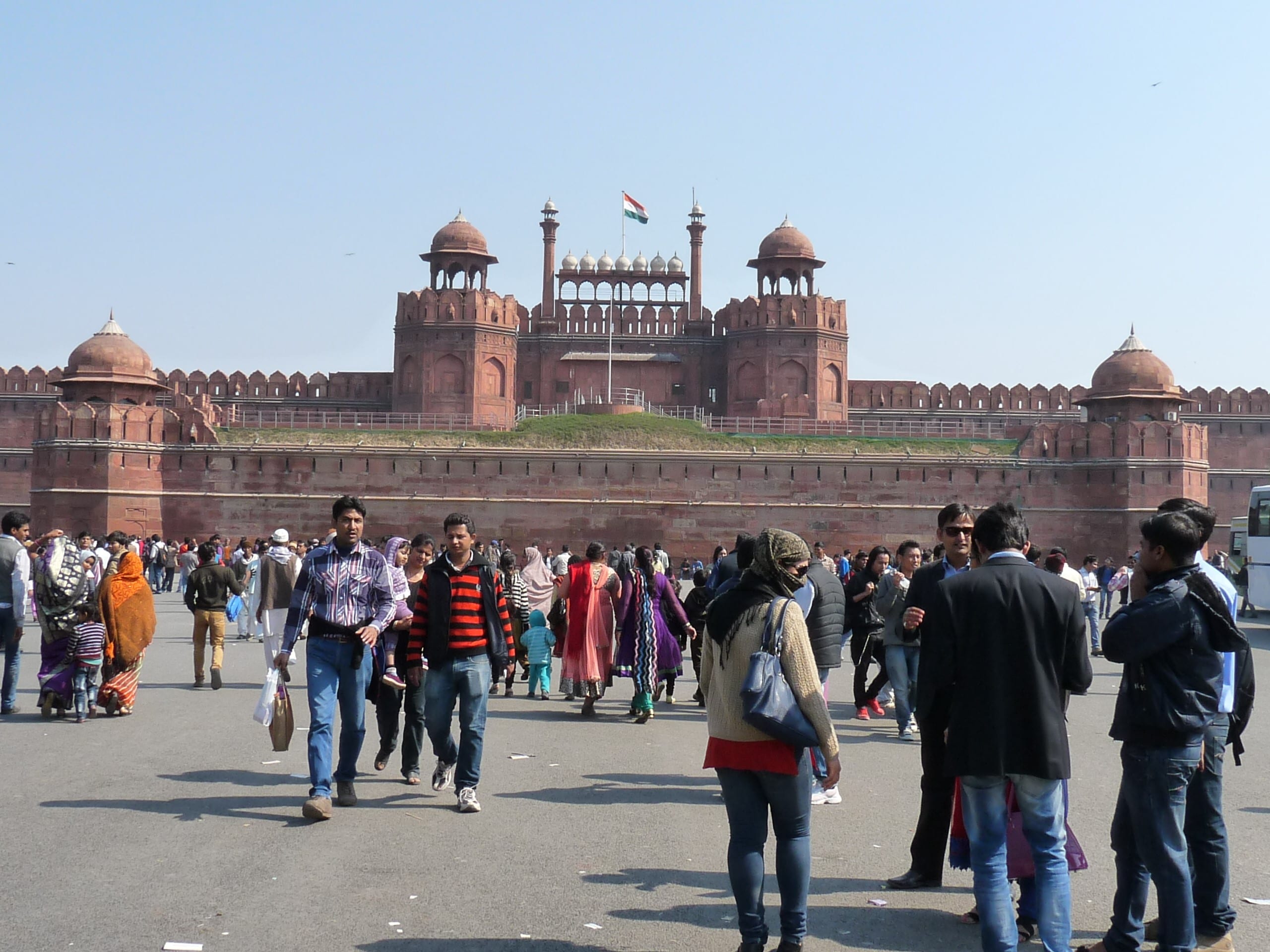![Figure 3. Robert Smith (1787-1873), Sketches of the Line of March with Elephants, Camels, Hackeries[bullock drawn carriages], horsemen and coolies, 1814, pencil on paper. © British Library Board, WD312 f.25v. WD 312, f. 25v](https://blogs.ucl.ac.uk/eicah/files/2014/07/3.-Line-of-March.jpg)
Figure 3. Robert Smith (1787-1873), Sketches of the Line of March with Elephants, Camels, Hackeries[bullock drawn carriages], horsemen and coolies, 1814, pencil on paper. © British Library Board, WD312 f.25v.
Experiences in India
Having arrived in Calcutta in 1805 and joined the Bengal Engineers, Smith was first employed building infrastructure: bridges and roads, and later a lighthouse at Kijri, Diamond Harbour, near Calcutta.[1] Although promoted to Lieutenant and seeing action with the Bengal force capturing Mauritius from the French, 1810-1811, his flair for surveying did not go unnoticed.[2] A report by the Surveyor General suggested Smith was ‘by far the best draughtsman I am acquainted with. His masterly rapid pencil particularly qualifies him for survey of the Frontier, as he will be able to delineate the passes and surrounding country with the greatest correctness.’[3] Between 1812 and 1813 Smith joined the camp of the Commander-in-Chief, Sir George Nugent (1757-1849), for his tour of Upper India. At this time, Smith’s sketches were commented on by Lady Nugent (1771-1834), who noted in her diary that ‘Just as day dawned, we crossed the Jumna. … I took the engineer officer, Mr. Smith, with me, and we projected a drawing of the line of march, which will be a treasure to me, if he executes it according to my plan, and I have little doubt of its being quite perfect, by what I have seen of his drawings’ (see figure 3).[4]
In action again during the Nepal War, 1815-16, Smith gained the India medal, however, after these arduous tours of duty, illness took its toll.[5] He was appointed Superintending Engineer to Prince of Wales Island (Penang) in 1816, a convalescent facility for the personnel of Madras and Bengal, and vital for Smith’s recuperation.[6]Smith completed many watercolours of the main places of interest, before leaving on furlough to England from July 1819 until October 1822. While in London he visited William Daniell who agreed to engrave his paintings, making ten aquatints which were privately published in 1821 as Views of Prince of Wales Island, the only public display of Smith’s art.[7]

Figure 4. Robert Smith, Barrackpore House, 1815-1819, Oil on canvas, 13 x 20.5 cm (estimated). © British Library Board, F864.
On his return to India in 1822, Smith continued to paint and sketch the military life around him, for instance the soldiers at the flagstaff and the mansion at Barrackpore (see figure 4). He was appointed Garrison Engineer and Executive Officer at Delhi in December 1822 (and at a later date Major), in order that he might complete work on many of the ancient Mughal monuments, including the Red Fort (see figure 5), Jama Masjid, and Qutub Minar), walls and canals, in need of renovation.[8] Working with red sandstone and Indian topography proved to be defining for Smith’s career and inspirational for his painting and later architectural designs in continental Europe and Britain.
[1] Head, Redcliffe & Robert Smith; A. W. Skempton (ed.), A Biographical Dictionary of Civil Engineers in Great Britain and Ireland (London: Thomas Telford Publishing, 2002) p. 637.
[2] Skempton, Dictionary of Civil Engineers, p.637.
[3] Survey of India Records, transferred from Dehra Dūn to NAI., New Delhi, 1947, 126, p.134, 9April 1812 by Surveyor General, quoted in Phillimore, Historical Records, p. 442.
[4] Lady Maria Nugent, A Journal from the Year 1811 Till the Year 1815, Including a Voyage to and Residence in India with a Tour to the North-Western parts of the British Possessions in that Country under the Bengal Government, 2, 1 (London, 1839), p. 395.
[5] Hodson, List of the Officers, p. 133.
[6] He was first appointed to the post in 11th November 1814, however, his posting was postponed due to his military tour with Lord Moira, and his involvement in the Nepal War. Bombay General Orders (BGO) 11 November 1814, quoted in Hodson, List of the Officers, p. 133; Phillimore, Historical Records, p. 442; Archived Lot: 1036. Auction: 22 September 2006. Dix Noonan Webb, Auctioneers http://www.dnw.co.uk, consulted 19 September 2013.
[7] Archer, ‘An Artist Engineer’, p. 81. It must also be noted that Smith was not alone in publishing his art, several East India Company Officers published engravings of their watercolour landscapes as an aspect of their private trading, for instance Captain R. H. Colebrooke, an East India Company surveyor, published Twelve Views of Places in the Kingdom of Mysore, with Descriptions, and a Brief Detail of the Operations of the Army under Marquis Cornwallis (1794), engraved by the English artist John William Edy. For more on this see Thomas Egerton, A Catalogue of an Extensive Collection of Books: in all Languages and Every Branch of Science and Literature (Whitehall (London): Thomas Egerton Military Library, 1796), p.396.
[8] Skempton, Dictionary of Civil Engineers, p.637.
